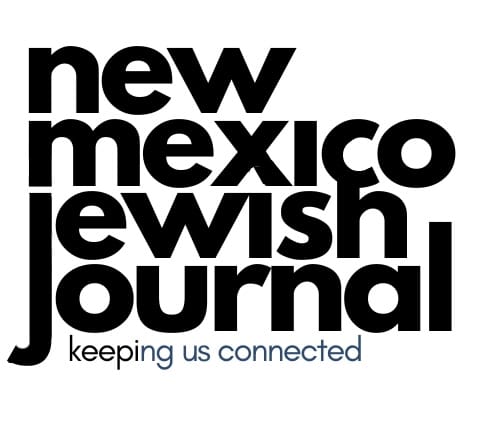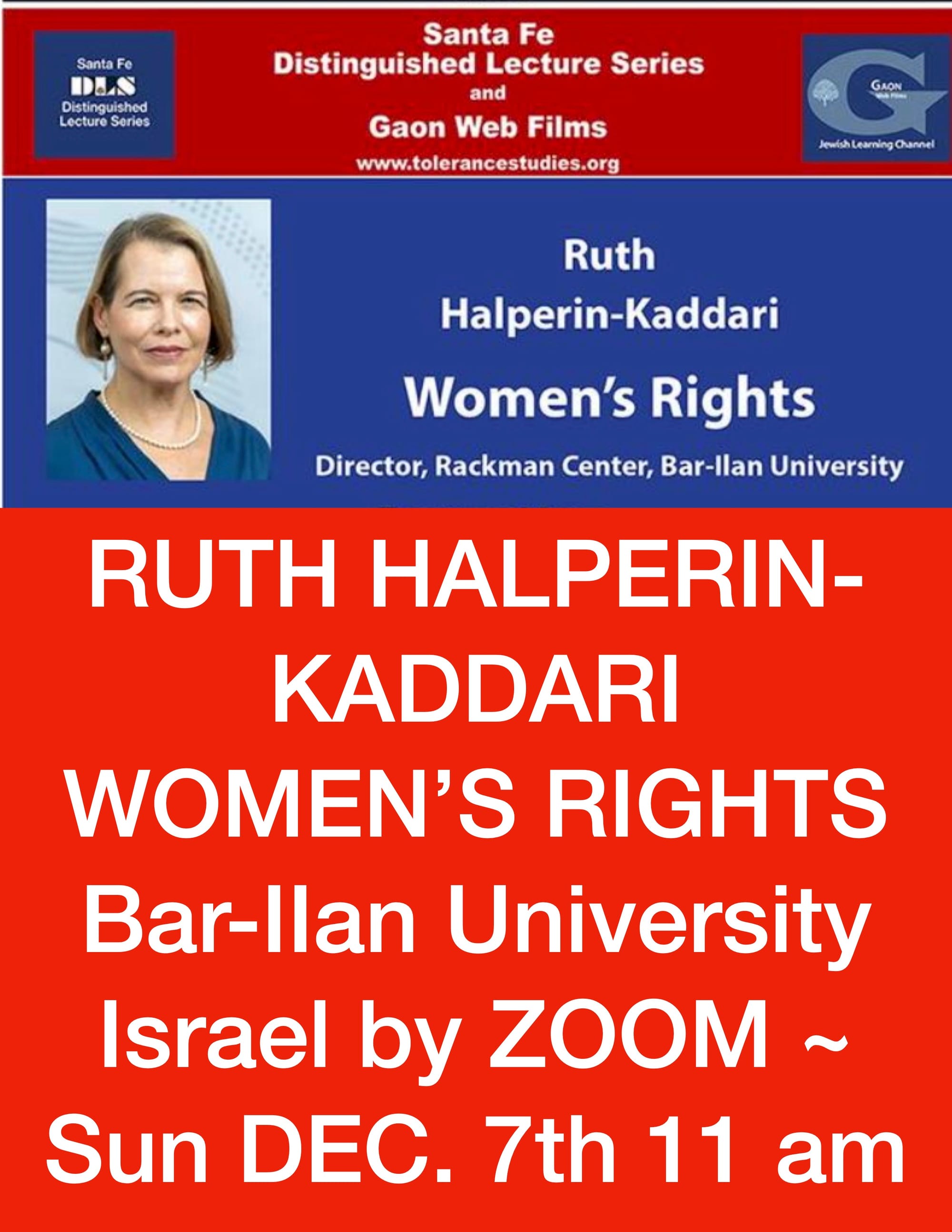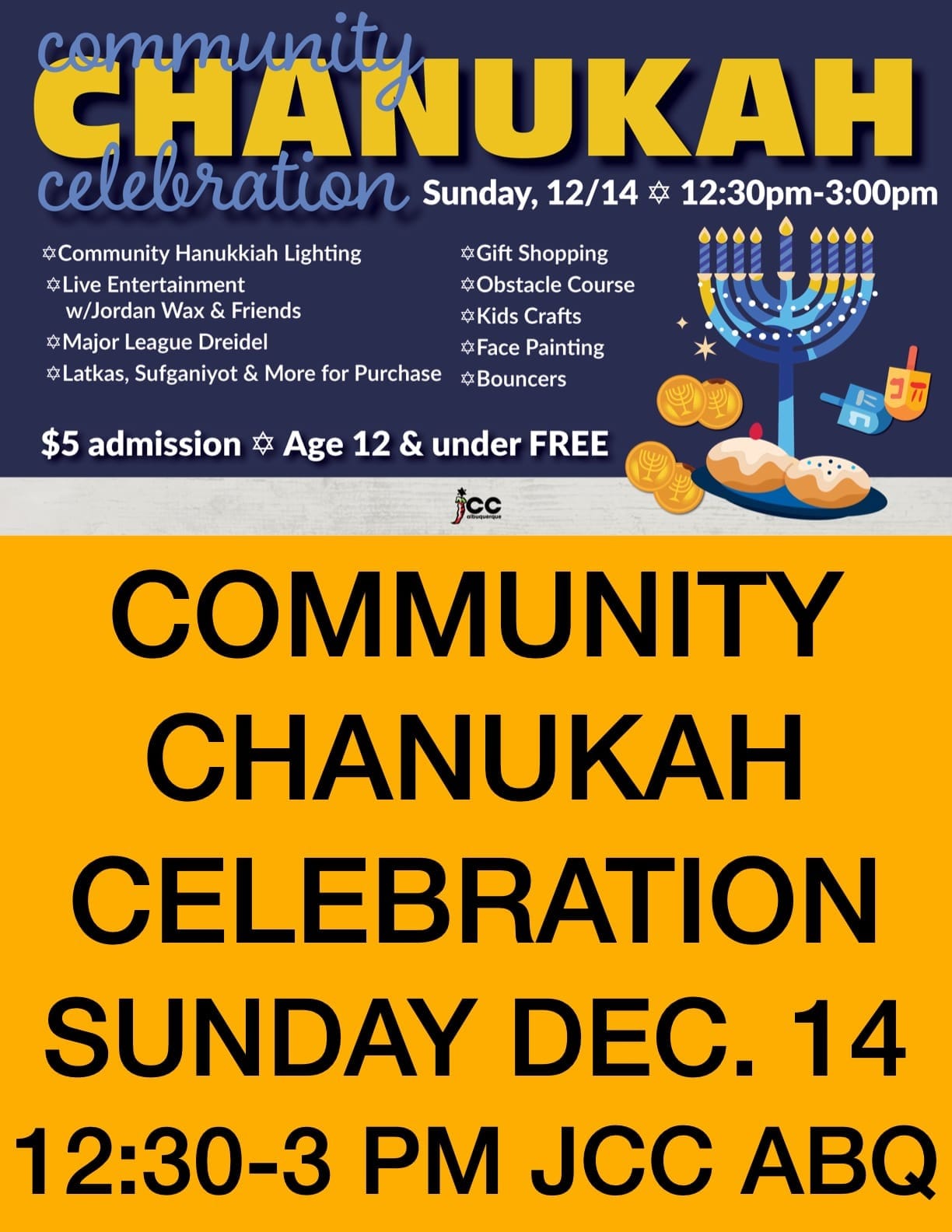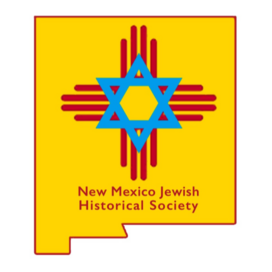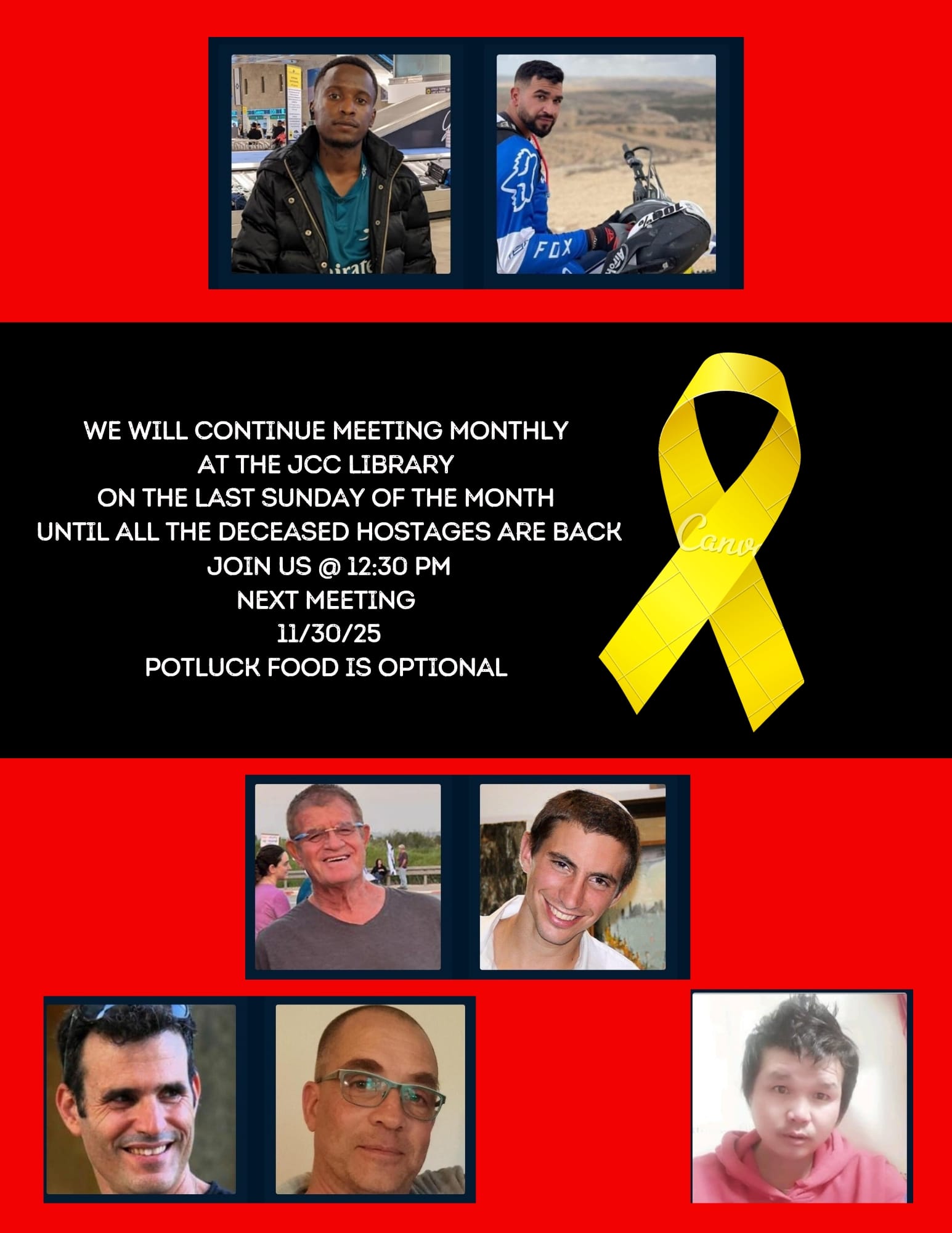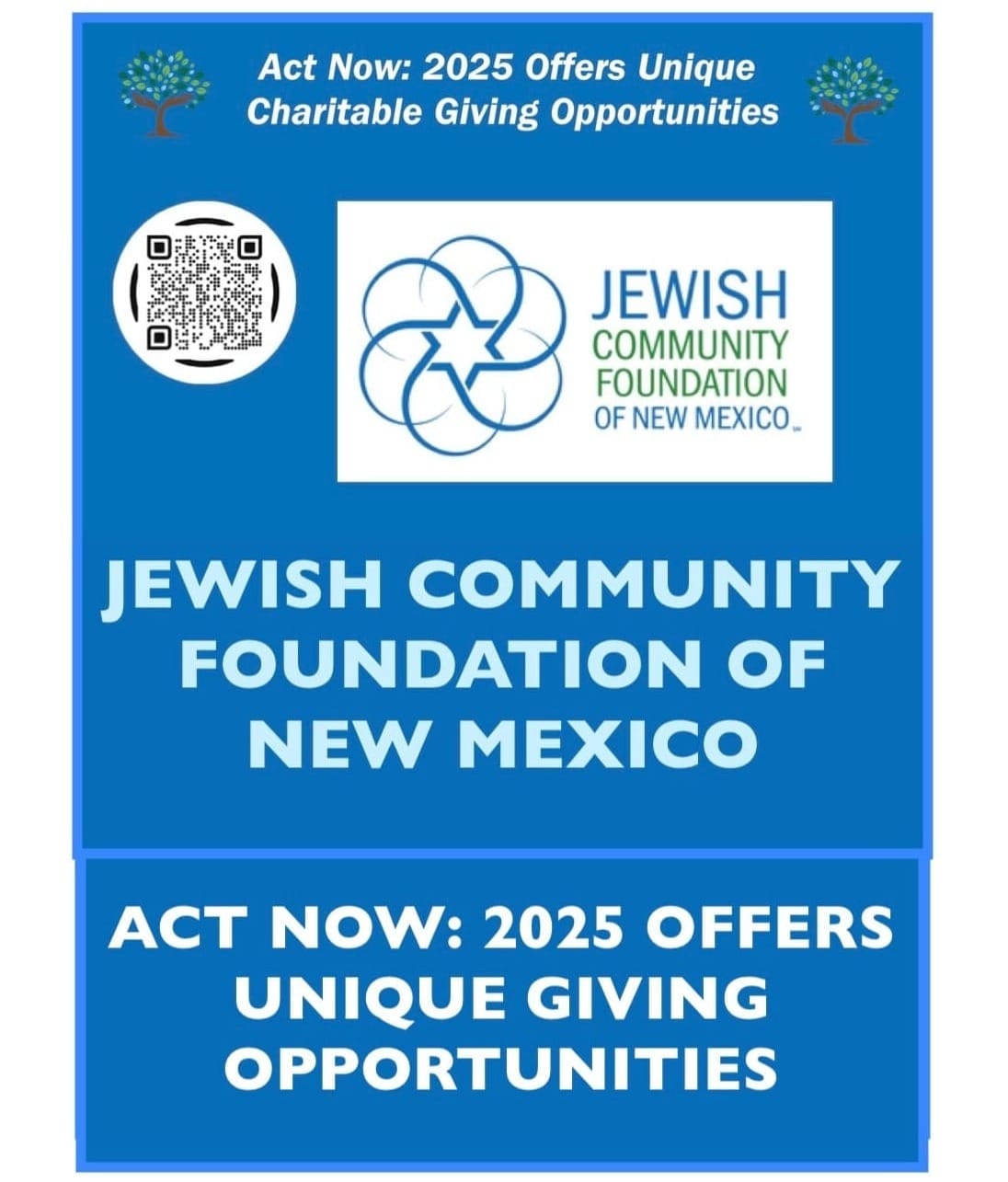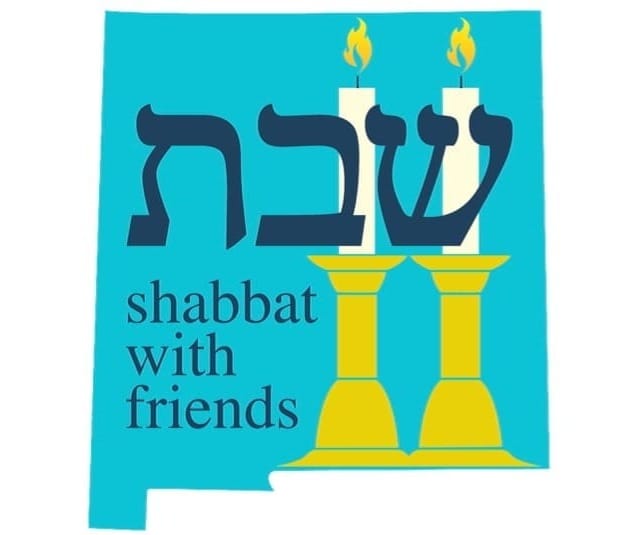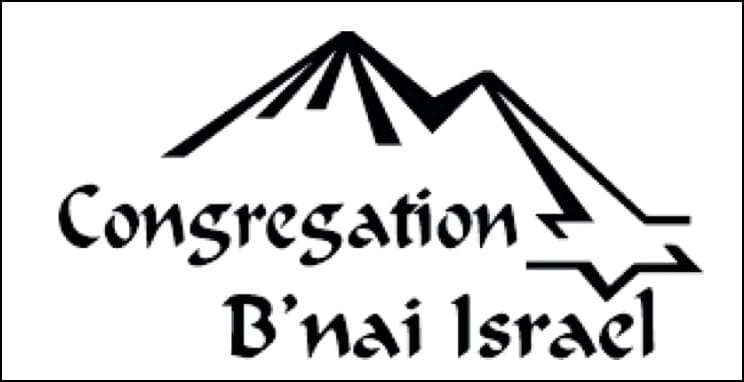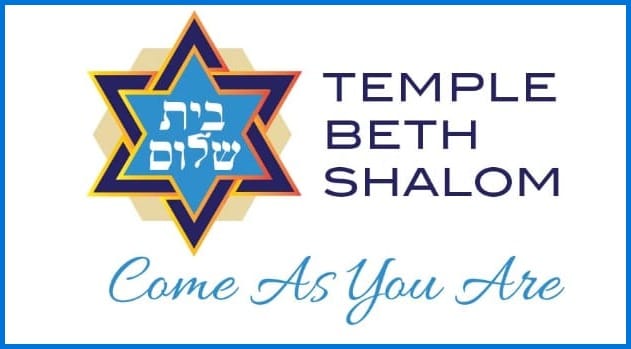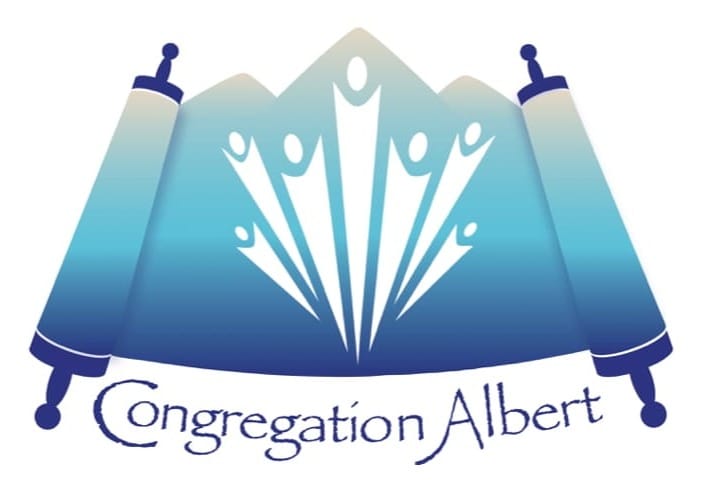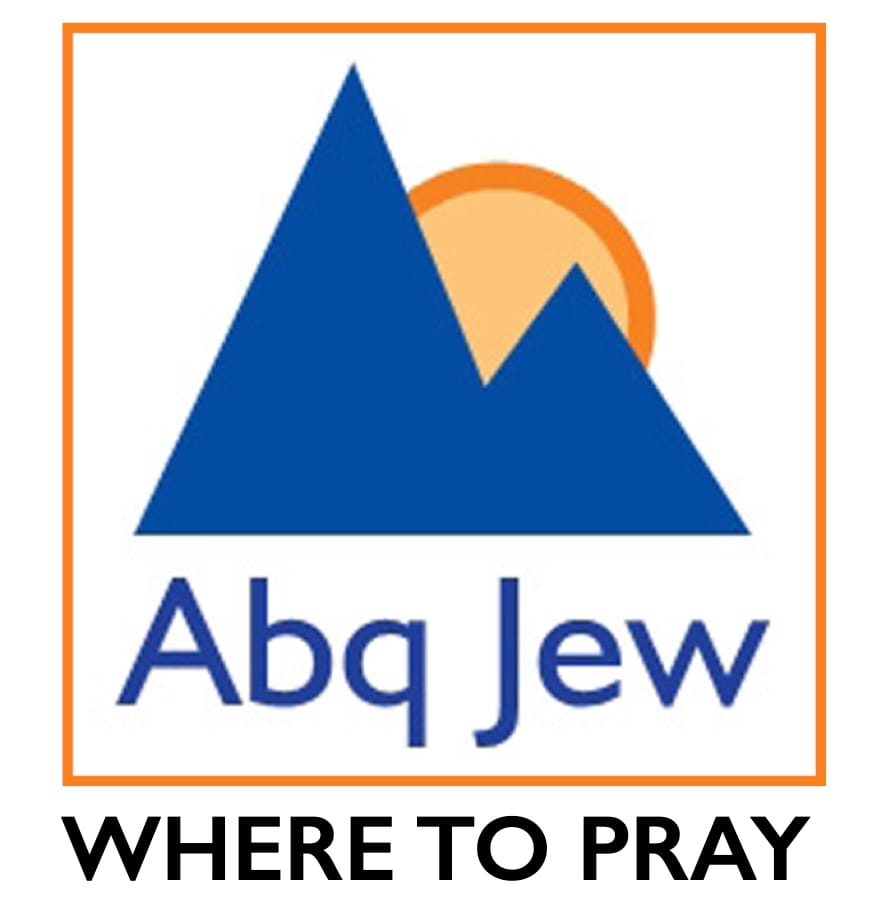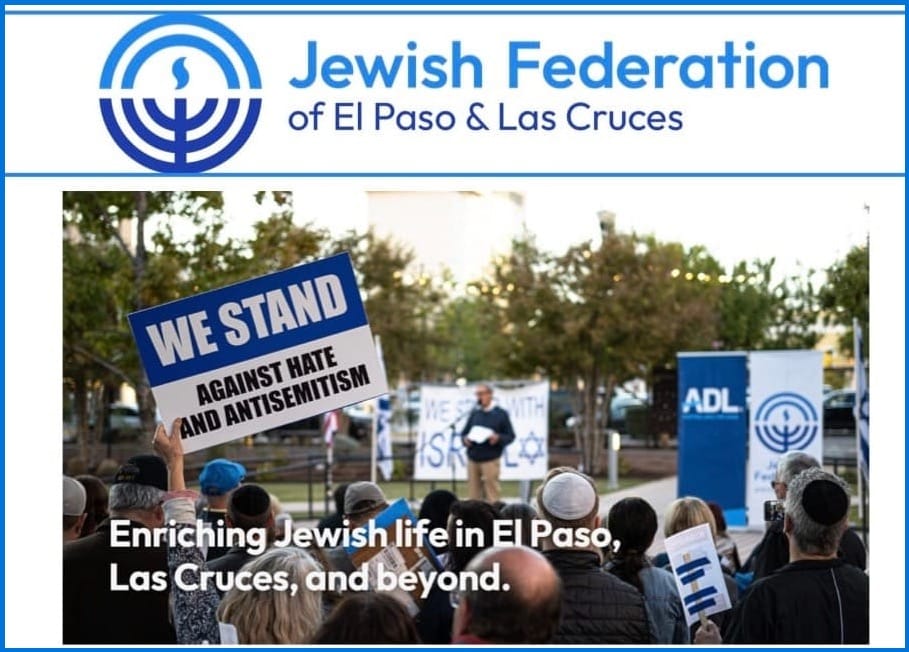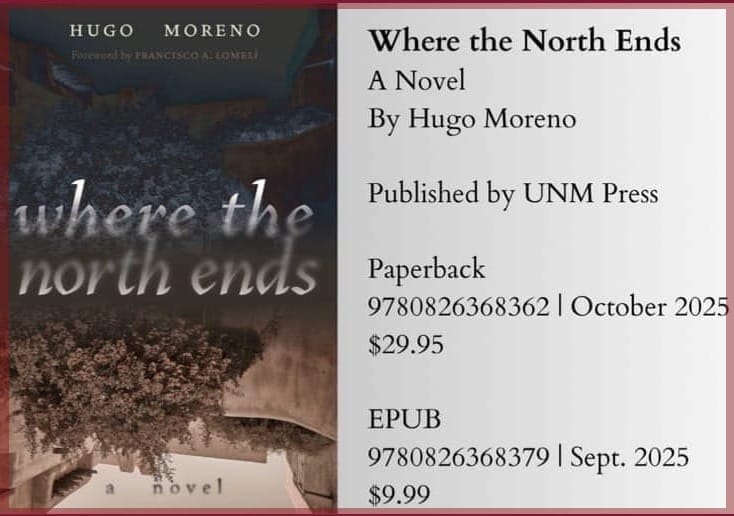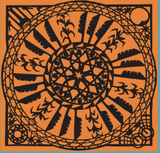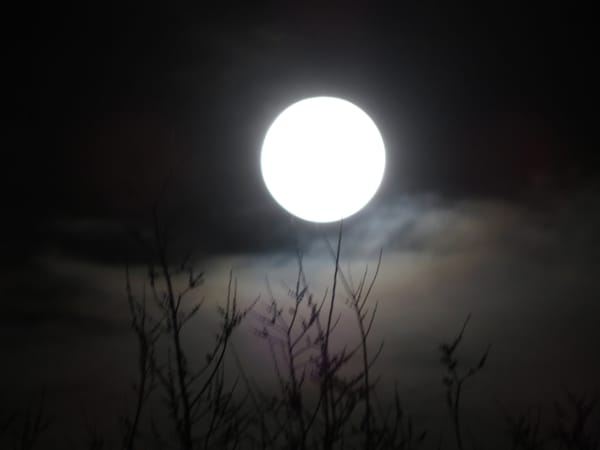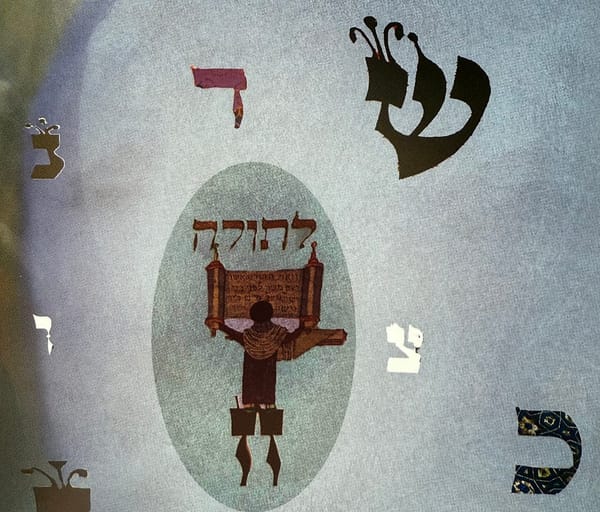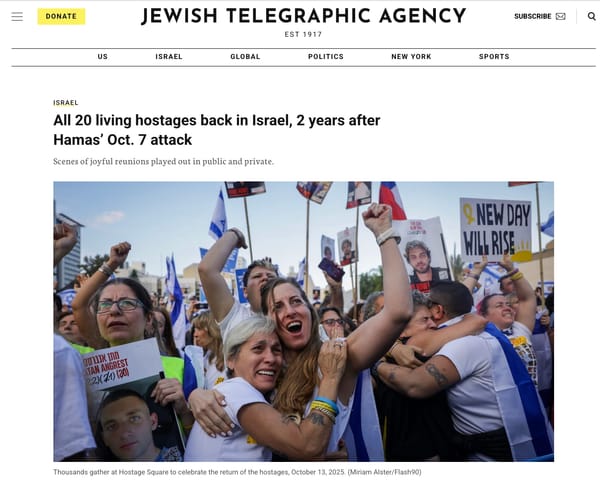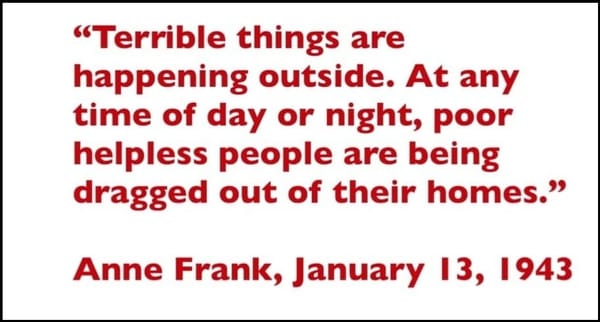How The David Specter Shalom House and the Ronald Gardenswartz Jewish Community Center of Greater Albuquerque Came to Be
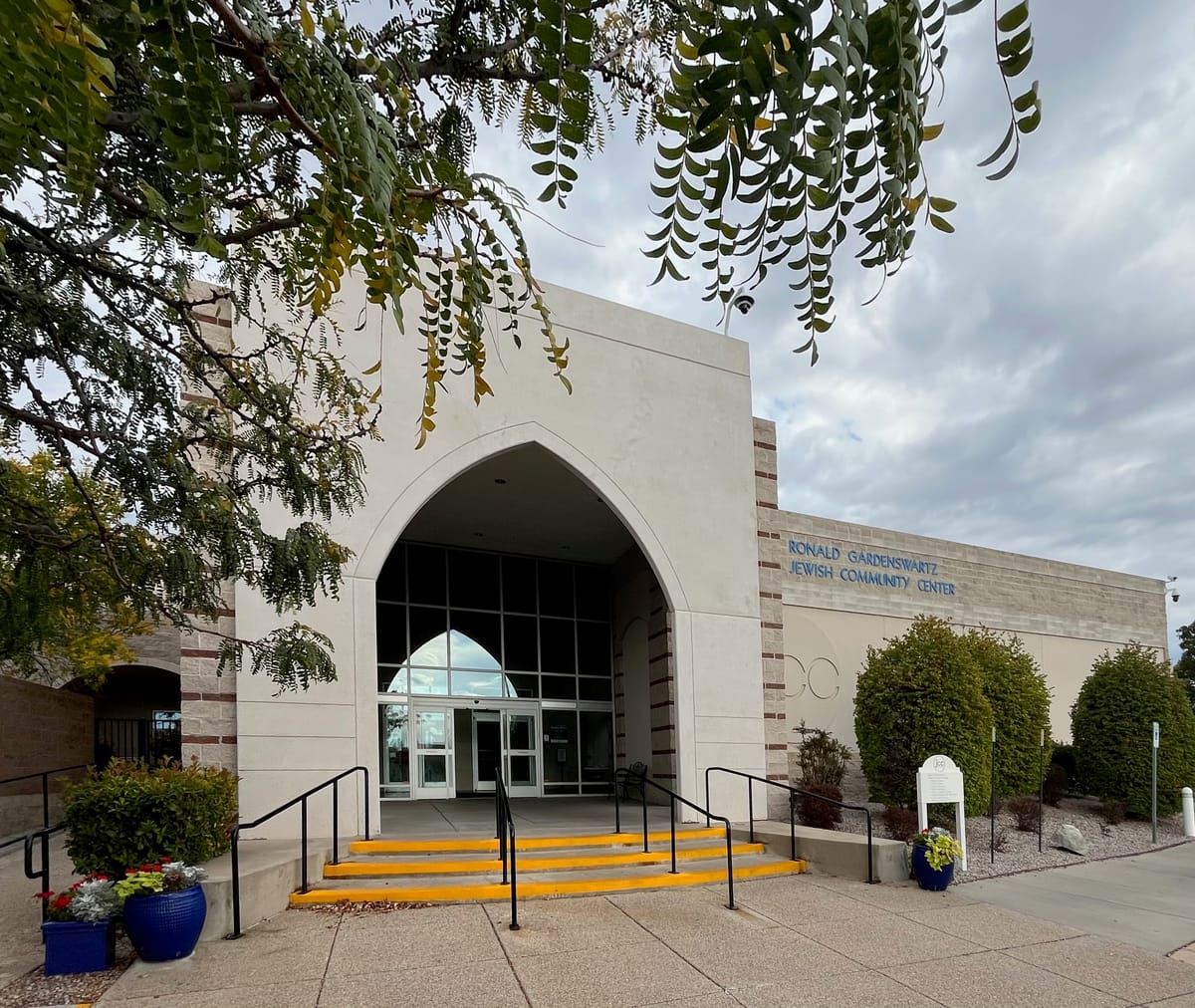
By Howard Friedman
David (Dave) Specter was a local Albuquerque businessman and co-owner of Zeon signs. His elderly mother was in poor health and he wanted to find a facility that catered to senior Jews who needed a place to live where they could be cared for. Since there was no residence like that in Albuquerque, Dave found a place for her in Arizona. Dave thought that maybe the Jewish people in Albuquerque should buy some land and construct a building to address the needs of the elderly population. Dave talked to some of his friends such as David and Martha Cooper, Henry and Ruth Hillson, Harold and Shirley Gardenswartz, and Maurice and Freida Osoff and they all agreed to put up money to buy a 10-acre parcel of land on north Wyoming N.E. in 1962. The purchase price was $42,750.
The city had not grown out that far and there weren’t any homes or businesses around there. Some people thought that it was a crazy idea to buy the land. The land was acquired by the Albuquerque Home for the Jewish Aged. In 1963 the land was transferred to the Albuquerque Jewish Welfare Board. Between 1978-1980, there was a great deal of community discussion for the use of the land. In 1980, the Jewish Community Council passed a resolution authorizing the development of a home for seniors on 2 ½ acres with the remaining land to be developed for the benefit of the Albuquerque Jewish Community. In 1981, a development committee was formed to start the planning for the new facility to be called the David Specter Shalom House. In 1982, title to the land was conveyed to the Jewish Federation. In 1993, one acre was sold to Presbyterian Hospital. And in 1998, the remaining acreage was leased to the Jewish Community Center. After a period of time it was decided that the Jewish Community Center should own the land and title was then conveyed from the Federation to the Jewish Community Center.
Harold Albert had heard that the Federal Housing and Urban Development Agency (HUD) had a Section 202 program to lend money for senior housing. However, they had strict guidelines as to what features the building could have or not have to qualify for the money. Harold thought that having a balcony for each unit would be a good idea so that the residents could sit out and enjoy views of the mountains or the city. Unfortunately, balconies did not meet HUD’s bare boned guidelines and they refused to modify the guidelines or agree to Harold’s proposal. Harold flew to Washington D.C. to meet with Senator Pete Domenici to discuss the problem. After exchanging pleasantries, Harold talked about the need for senior housing and the proposed building project. He related how HUD refused to budge on the balcony proposal. The Senator picked up the phone and contacted the Secretary of Housing and Urban Development and told him to come over to his Senate office immediately. Shortly thereafter, the Secretary and two assistants were in Senator Domenici’s office and heard about HUD’s policy not to allow balconies in projects that they oversaw and financed. Senator Domenici told the Secretary that he would like him to modify the guidelines and approve the Albuquerque project as Harold had requested. The Secretary immediately approved the project and told his assistants to make sure that the funding was taken care of. The Jewish Community Housing Corporation was formed to own and manage the project. In 1984 there was a ground breaking ceremony and construction began on the project. The building now has 47 apartments for Jewish and non-Jewish residents.
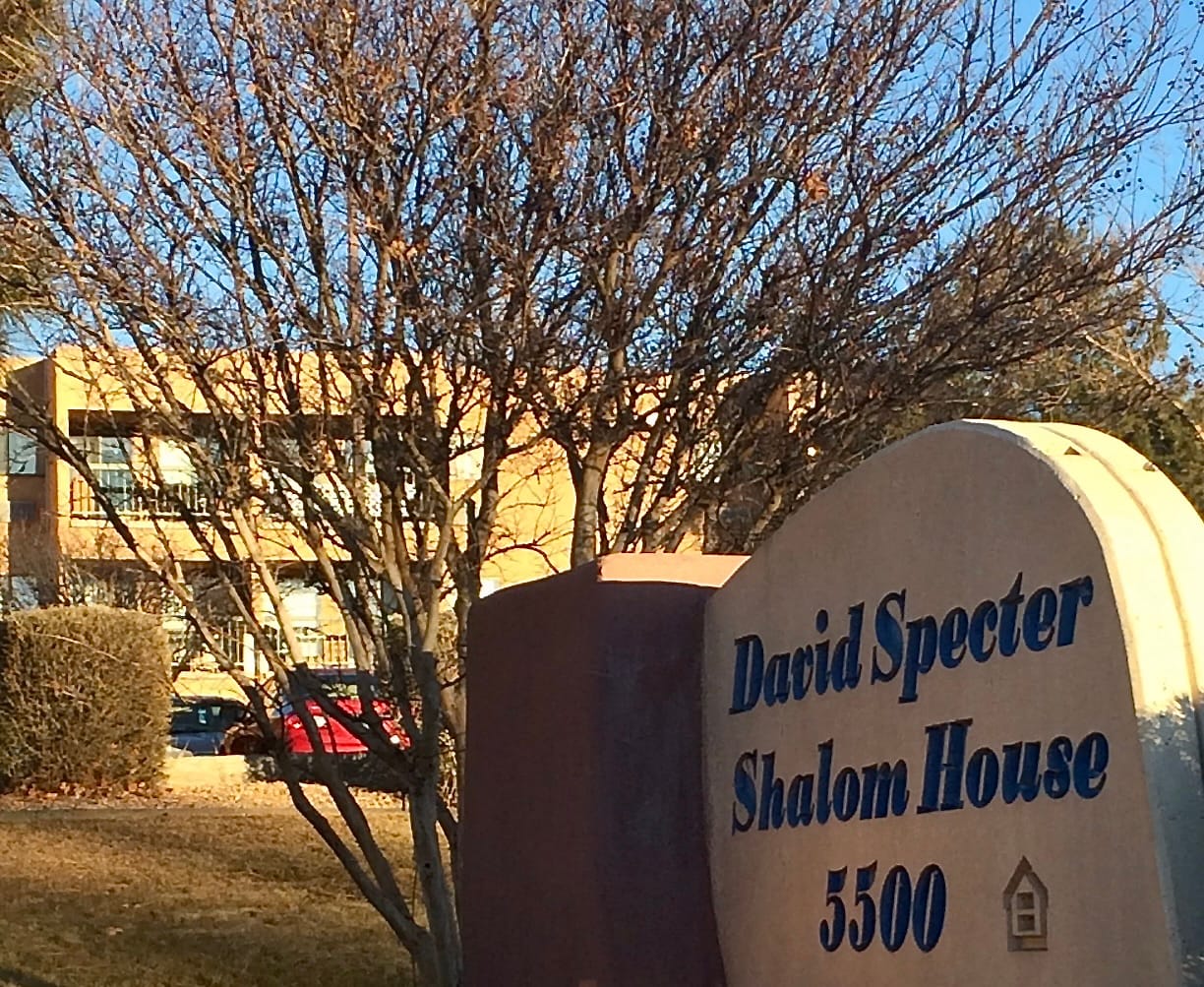
One of the other proposed uses for the remaining land was to build a Jewish Community Center. In 1985, ad hoc committees were formed to discuss the feasibility of building a JCC. There were many individual and community meetings to discuss the project. There was considerable disagreement about whether it was even a good idea or if there was a need for a JCC. In 1987, Harold Albert was working with Harold Gardenswartz to help raise money for the proposed building. Harold Gardenswartz approached his brother, Sam Gardenswartz, who was very ill. He suggested that Sam consider adding a bequest to his will to donate money for the project. Sam agreed to give $1,500,000 from his estate with the condition that the JCC be named in memory of Sam’s deceased son, Ronald Gardenswartz. Other members of the Gardenswartz family gave an additional $500,000 bringing the total to $2,000,000. That is the story behind the naming of the Ronald Gardenswartz Jewish Community Center of Greater Albuquerque. In 1992, Harry Rosen was hired as a fundraising consultant. Harry wrote the book on building JCC’s that was used by Jewish communities throughout the country. He suggested that Harold Albert contact several foundations that supported Jewish causes. Harold wrote several grant proposals, one of which was sent to the Weinberg Foundation. The Harry and Jeanette Weinberg Foundation loaned money for Jewish projects. He wrote them a letter, describing a plan to build a Jewish Community Center in Albuquerque with an estimated cost of $7,000,000. He asked if they would be interested in that type of project and in what capacity that they might be able to help. A week or so later, Harold Albert received a phone call from Harry Weinberg. The man introduced himself and said that they would give, not loan, $1,000,000 to help build the JCC. Harold was overcome with emotion and gladly accepted this generous offer. They later donated an additional $400,000. The JCC campus was named after Harry and Jeanette Weinberg in recognition of their wonderful gift.
A committee was then formed to develop a business plan for a Jewish Community Center. Some of the members included Harold Albert, Harold Gardenswartz, Judy Gardenswartz, Shelly Cherrin, Ed Caplan, Gary Eisenberg, Paul Goldenberg, Keith Harvie, Carl Alongi, and Larry Schwartz. Judy Gardenswartz was very involved with organizing meetings, planning events, and meeting with prospective donors. Shelly Cherrin was hired as director of Programs and Budgets. Community surveys were completed by 2,365 Jewish Households, and focus group meetings were held with over 500 participants. Seven Jewish architects, headed by Richard Braun, formed “The Lion’s Group” to design the Jewish Community Center without any compensation. Several volunteers, at their own expense, traveled to other JCC’s around the country to get design ideas. In 1994, Art Gardenswartz suggested that a Charter 250 Club be established. The goal was to get 250 people to each pledge $250 toward the construction of a Jewish Community Center. The goal was reached in only three months. There was much excitement and publicity regarding the project. However, it wasn’t without some controversy. Several operators of health clubs complained. They said that a tax-exempt operation would present unfair competition. They said that they were at a disadvantage because they had to pay property taxes, sales taxes, and income taxes and the JCC, as a 501c(3) corporation did not. Shelly Cherrin of the JCC responded and said that “they aren’t building a health club, but rather, a community campus to enrich Jewish heritage and culture. It will be a meeting place for Jewish organizations, provide social, cultural, and education services – and yes, include a recreational center.” Between 1995 and 1998, there were many meetings and fundraising solicitations, but it was finally determined that it was not yet feasible to start construction without additional contributions and pledges. It was also agreed that the Jewish Community Center of Greater Albuquerque would lease the land from the Federation and that the project would be developed by the Jewish Community Center of Greater Albuquerque, not the Federation.
Now, Harold Albert heard that the First State Bank was interested in helping the Albuquerque community with special incentives and financing programs. He met with the president of the bank, Michael Stanford, and told him about the proposed building, about the fact that the land was free and clear, about the money that had been raised, and about the money that had been pledged. Michael asked him how much money he wanted to borrow and Harold said, “$1,000,000.” Michael asked him, “what interest rate are you looking for,” and Harold said, “zero”. Michael asked, “what collateral was available for the loan”, and Harold said “none other than pledges.” Michael then said, “let me get this straight. You want a $1,000,000 loan, at zero percent interest, with no collateral other than some pledges. Is that right?” Harold said, “yes”. Michael said, “I’ll get back with you.” A few days later, Michael called Harold and said, “we approved your loan for $1,000,000 at 0% interest.” In addition, First State Bank agreed to provide a $1,500,000 line of credit to finance the construction. Because of Michael Stanford’s generosity and willingness to help the community, he is the only non-Jewish person to be honored with the Harold B. Albert Community Service Award. Now the ball was rolling. A concerted fundraising drive was again initiated to raise the additional required funds. The committee hired Milton Shorr of Development Consultants Inc. He was a Community Building consultant and assisted in the capital campaign process. With the help of many large and small donors, enough money was raised to allow the construction to begin. The final plans called for a 44,000 square foot building with an auditorium, kitchen, restaurant, gymnasium, physical fitness area, swimming pool, family enrichment center, Solomon Schecter Day School, and an athletic field. The building was finally completed and the JCC opened in October, 2000. As part of its grand opening dedication, the JCC hosted a formal inaugural gala on Saturday evening, November 4, 2000. On Sunday November, 5th, the formal dedication was held. “Albuquerque’s new Jewish Community Center has opened the doors of the future for generations to come. The city’s Jews realized a dream come true” said David Ivry, Israeli ambassador to the United States in his keynote address. About 400 people listened in the gymnasium while an overflow crowd viewed the ceremonies on a big screen tv in the auditorium.
Today the JCC is thriving with more than 2,000 Jewish and non-Jewish member units. None of this would have been possible without the farsighted vision and action by a group of men and women back in 1962 and the support of many generous donors and volunteers.
Sources: Interviews with Harold Albert, Judy Gardenswartz and Shelly Cherrin, articles from the Albuquerque Journal and the New Mexico Jewish Link, and files from the Jewish Community Center of Greater Albuquerque.
Howard Friedman is a New Mexico native. He is married to Debra and has a daughter and two grandchildren. He graduated from the University of Colorado with a double major in finance and accounting. He is now retired after a 32 year career as a financial advisor. Howard is an avid duplicate bridge player and has achieved the rank of Silver Life Master. He is a former President of Congregation B’nai Israel and has served in several other volunteer capacities in the Jewish and Albuquerque communities.
On November 8th, the Jewish Community Center is celebrating its 25th Anniversary.
Community Supporters of the NM Jewish Journal include:
Jewish Community Foundation of New Mexico
Congregation Albert
Jewish Community Center of Greater Albuquerque
The Institute for Tolerance Studies
Jewish Federation of El Paso and Las Cruces
Temple Beth Shalom
Congregation B'nai Israel
Shabbat with Friends: Recapturing Together the Joy of Shabbat
New Mexico Jewish Historical Society
Where the North Ends, A Novel by Hugo Moreno
Policy Statement Acceptance of advertisements does not constitute an endorsement of the advertisers’ products, services or opinions. Likewise, while an advertiser or community supporter's ad may indicate their support for the publication's mission, that does not constitute their endorsement of the publication's content.
Copyright © 2025 New Mexico Jewish Journal LLC. All rights reserved.
